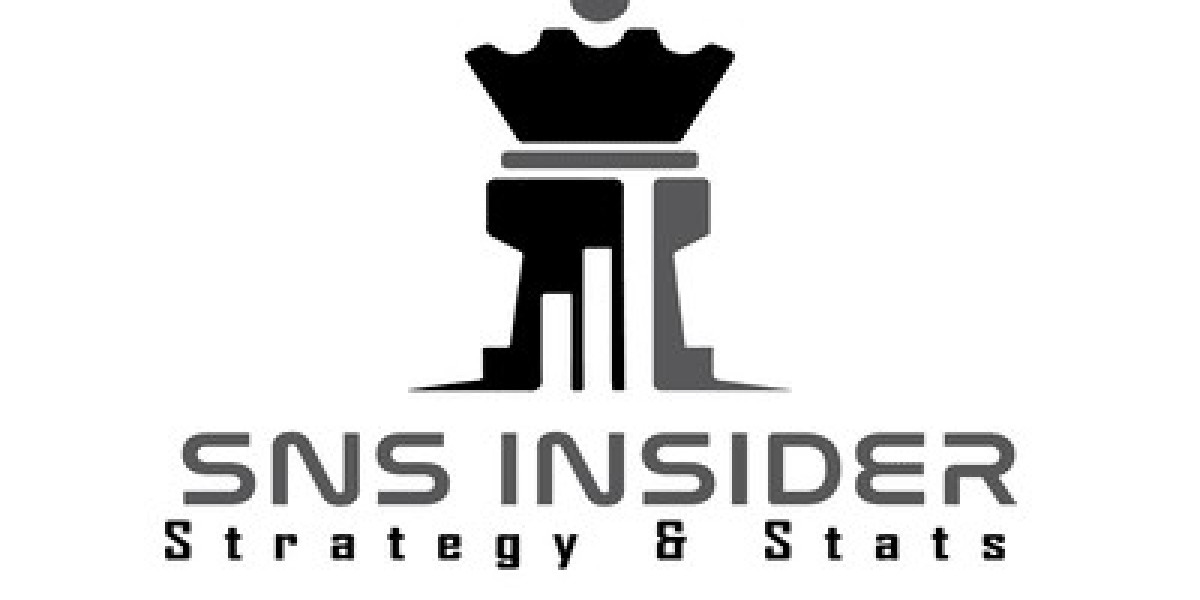#OptimizingCosts #SMBProfitability
Originally Published on: SpendEdge |Cost Modeling for Small and Medium Manufacturing Businesses (Pricing Model)
##Understanding Cost Modeling: Cost modeling, a comprehensive analysis of production costs, labor costs, material expenses, and profit margins, unveils the true cost of a product or service. While prevalent in large organizations globally, small and medium manufacturing enterprises (SMBs) are yet to fully embrace this trend. Hindered by technological limitations and expertise gaps, these businesses miss out on leveraging insights for informed decision-making.
##The Significance for SMBs: 1. Supply Chain Excellence:
- SMBs can enhance supply chain management by utilizing cost modeling tools to identify costs associated with raw material procurement. This facilitates cost savings and boosts profitability throughout the supply chain.
2. Trend Forecasting with Predictive Analytics:
- Cost modeling, coupled with predictive analytics, improves trend forecasting for SMBs engaged in manufacturing and product development. This is crucial for organizations dealing with variable costs across different activities.
3. Determining Input Costs for Intermediate Goods:
- SMBs, often producing intermediate goods, need to be aware of actual input costs impacting the final product. Cost modeling aids in identifying these costs, their impact on the final cost, and establishing accurate input costs.
4. Informed Pricing Strategy:
- Integrating a cost-based approach derived from effective cost modeling tools enables SMBs to establish accurate pricing strategies. This ensures competitiveness and sustainable profit margins.
##SpendEdge's Approach: At SpendEdge, we empower organizations with real-time and accurate price tracking for input materials. Our supplier cost analysis provides a detailed understanding of each component, enabling procurement professionals to source the right products at the best prices and drive cost savings.
##Various Cost Modeling Tools:
###1. Activity-Based Costing (ABC):
- Assigns costs to specific activities or processes within an organization, providing a detailed understanding of costs related to production.
###2. Total Cost of Ownership (TCO):
- Evaluates overall costs associated with owning and operating an asset, considering factors like maintenance, repairs, and disposal costs.
###3. Cost-Volume-Profit (CVP) Analysis:
- Examines the relationship between costs, volume, and sales revenue, aiding decision-making on pricing strategies and sales volume planning.
In conclusion, embracing cost modeling strategies equips SMBs with tools for effective decision-making, enhanced supply chain efficiency, and sustained profitability.








